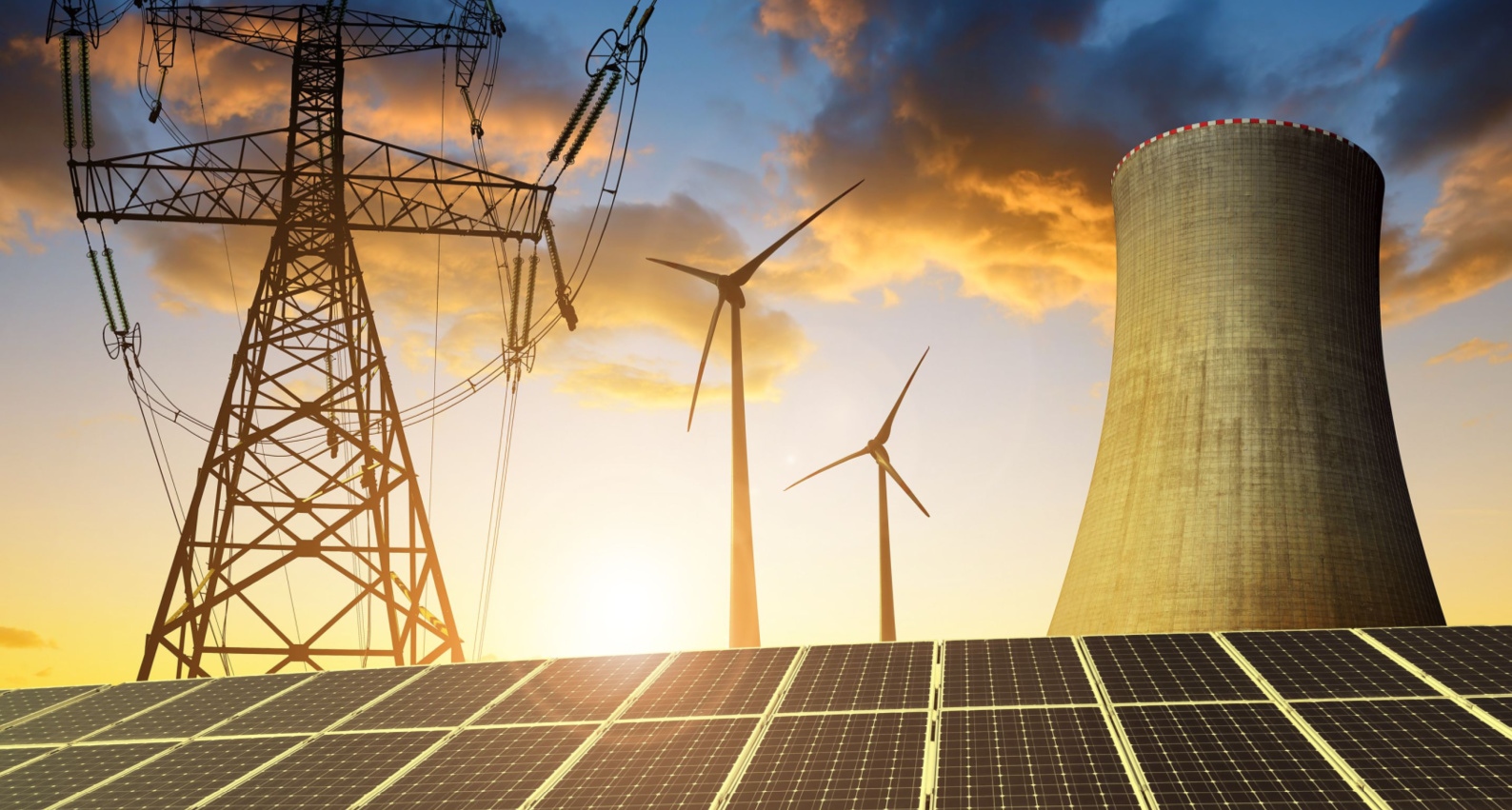Heat Wave: A Challenge for Power Sector
Published on 10 Aug, 2022

Heat Waves as an impact of climate change have created an existential crisis and countries across the world are struggling against it. It has led to increasing demand for electricity and the need for alternative energy sources. Heat waves are also affecting the power generation capacity of renewable energy sources as well as thermal power plants. How can countries work together to decelerate global warming and develop new technologies to overcome issues caused by climate change?
Climate change has affected countries across the world as temperatures have risen, leading to chronic heat waves. Countries like India and Pakistan were majorly impacted by heat waves and temperatures in few regions reached an unbearable 50oC. While Asian countries usually have hot and humid weather, heat waves have been recorded in parts of Southern and Western Europe, which are usually cooler. Temperatures in many cities in Europe crossed 40oC. In addition, several parts of the US recorded heat waves recently, with temperatures crossing 40oC (110oF). The rise in temperature has led to a significant jump in demand for electricity to power cooling systems in these regions/countries.
Additionally, the increase in solar radiation due to heat waves has boosted the solar energy output in many countries, with Germany recording the highest solar power output. However, this is a temporary advantage, as in the long-term, high temperatures will impact the overall performance of solar panels. Other thermal power sources have also been affected by the temperature rise.
Impact on Solar Power
Solar panels are designed to function optimally at 25°C (77°F). Most solar panels can operate at their peak efficiency at a temperature between 15°C and 35°C. Higher temperatures can impact the efficiency of solar panels especially if it is exposed to such elevated temperature for a longer duration. The electricity output efficiency of a solar panel can reduce by 10 to 25% due to high temperatures.
A solar panel absorbs photons to energize electrons, causing them to flow and create electricity. In case of high temperature, the panel heats up faster and becomes hotter. As the electrons are already affected due to absorbed sunlight, the efficiency and the voltage output of a panel are impacted negatively.
Impact on Other Power Sources
High temperatures have affected other power-generating sources including nuclear, coal, and gas-fired power plants as well. These power plants require a high volume of water as a cooling agent. The temperature of water in the water bodies, especially in water reservoirs located inland, has significantly risen due to heat waves, impacting the water’s cooling efficiency. This would eventually hamper the plants’ power generation efficiency.
Aranca View
The rising frequency of heat waves as well as the subsequent increase in the average temperature is affecting countries globally. Rising temperatures in the US, Europe, and Asia have led to an increase in power consumption as the demand for ACs and coolers has gone up. To meet this growing power requirement, countries are trying to maximize their power generation capacity. Global warming alone is expected to raise the demand for power by 10–12% over the next 20–25 years.
The rising mercury has hampered power production. Continued extreme solar radiation could have a severe impact on power production globally.
To overcome these challenges in the future, governments and companies across the world must reduce greenhouse gas emission, which is predominantly responsible for the increase in temperature. In addition, there is an urgent need to develop power generation technology, especially for solar panels, that can withstand higher temperatures. Being the major source of renewable energy, advancements in solar panel technology with regard to high temperatures will be a key to the growth of renewable energy in the future.
